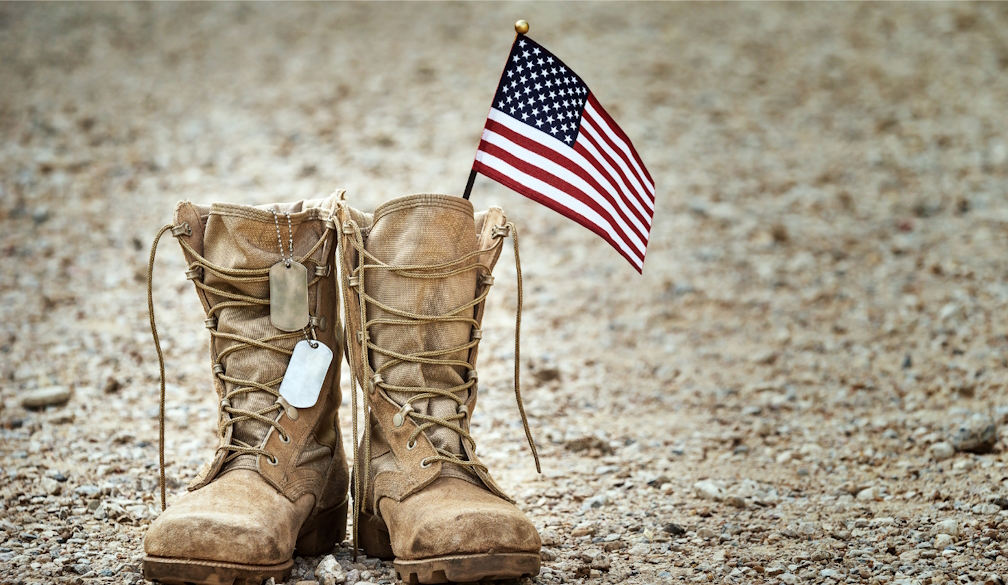3 years after the Taliban’s return, Afghanistan is a broken country swarming with terrorists again
- Written by Amin Saikal, Emeritus professor of Middle Eastern and Central Asian Studies, Australian National University

This week marks the third year since America’s retreat from Afghanistan and the Taliban’s return to power.
The United States had intervened in Afghanistan in response to the September 11 2001 terror attacks by al-Qaeda. The aim was to combat international terrorism and chart a new global order to make the world safer and more secure.
Yet, as I argue in my new book, How to Lose a War: The Story of America’s Intervention in Afghanistan[1], the world today is arguably more conflict-ridden and polarised than during the Cold War. It potentially stands on the edge of yet another world war.
America’s goals – and failures
Backed by its NATO and non-NATO allies, as well as extensive global sympathy, the key US objectives in Afghanistan were:
- eliminate al-Qaeda
- dismantle the Taliban’s ultra-extremist regime as the protector of al-Qaeda
- help change Afghanistan so it would never again become a nest of international terrorism.
Success in Afghanistan was intertwined with two other broader US foreign policy goals under the presidency of Republican George W. Bush – the global war on terrorism and promoting democracy. Both of these were means to bring change to the Middle East – and indeed the wider world – in accordance with the interests of the US as the sole post-Cold War superpower.
Ultimately, the US could not achieve any of these objectives.
At first, it prevailed militarily in toppling the Taliban government and dispersing al-Qaeda, with assistance from the anti-Taliban Afghan forces. But the respective leaders of both groups, Mullah Mohammad Omar and Osama bin Laden, and their main operatives escaped to Pakistan.
The Taliban swiftly regrouped. And with Pakistan’s support and its continuing alliance with al-Qaeda, it mounted an insurgency beyond the expectations of the US and its allies, including the fledgling Afghan government in Kabul.
The US had not originally intended to stay in Afghanistan for more than a few years[2]. But its failure to decapitate al-Qaeda in the early days of its intervention resulted in a US hunt for bin Laden that took a decade. It also led to America’s deepening involvement in the difficult task of state-building in a highly socially divided and traditional Afghanistan.
Without ensuring Afghanistan was firmly placed on a stable, secure and democratic trajectory, the Bush administration invaded Iraq in 2003 on the false premises that the Iraqi dictator Saddam Hussein collaborated with bin Laden and possessed weapons of mass destruction.
Iraq was prioritised over Afghanistan. This resulted in a shift of important intelligence and military assets from the latter to the former.
In the absence of a well-thought-out plan of action about how to bring peace to Afghanistan and Iraq, the US found itself entangled in two unwinnable wars. This left it with little choice but to bow out of Iraq by the end of 2011 and Afghanistan by August 2021, without achieving its original objectives.
It also left behind two broken countries. Iraq is still struggling to recover. Afghanistan is in a mess under the Taliban.
The Afghanistan defeat could not be any less humiliating for the US than its devastating Vietnam War five decades earlier.
The Taliban’s extremism
The Taliban’s 2.0 minority tribal government has proven to be as dreadfully extremist and discriminatory as its previous reign of terror from 1996-2001.
It has professed a self-centred and self-serving version of Islam, which is not practised anywhere else in the Muslim world. Women are stripped of all basic rights (including to education and work). Any form of opposition is brutally suppressed. Other minorities, along with remnants of the previous US-backed regime, are punished daily. Many have been murdered[3].
The group has transformed Afghanistan into a protective enclave for al-Qaeda and several other similarly minded groups[4]. These include the Pakistani Taliban (Tehrik-e-Taliban Pakistan, or TTP) and the Islamic State–Khorasan Province (ISKP).
A new survey[5] by the UN Mission in Afghanistan shows only 4% of respondents wanted the Taliban to be recognised internationally. The group’s lack of domestic legitimacy is paralleled by its pariah status in the global community.
Yet the group has been able to consolidate power in Afghanistan and stave off outside pressure, having taken advantage of regional and major power geopolitical rivalries and ambitions.
A more unstable world
The Taliban’s re-empowerment has significantly inspired and emboldened like-minded groups in many parts of the Muslim world, such as the TTP and ISKP. And the US defeat in Afghanistan has heartened America’s chief adversaries – Iran, Russia, China and North Korea.
Washington’s iron-clad commitment to ensure Israel’s security and its inability to end the devastating Gaza war have further stirred radical forces[6] in the Muslim world and boosted America’s foes.
The related growing tensions between Israel and Iran, as well as with Tehran’s allies (most importantly Hezbollah in Lebanon), have seriously imperilled the cause of stability and security in a traditionally volatile region. A potential Israel-Iran war could drag the US in to defend Israel, with Russia and China supporting Iran.
This is not a scenario about which the Middle East and the world can be sanguine.
References
- ^ How to Lose a War: The Story of America’s Intervention in Afghanistan (www.amazon.com.au)
- ^ more than a few years (www.govinfo.gov)
- ^ murdered (www.amnesty.org)
- ^ other similarly minded groups (crsreports.congress.gov)
- ^ new survey (unama.unmissions.org)
- ^ stirred radical forces (www.aspistrategist.org.au)
















